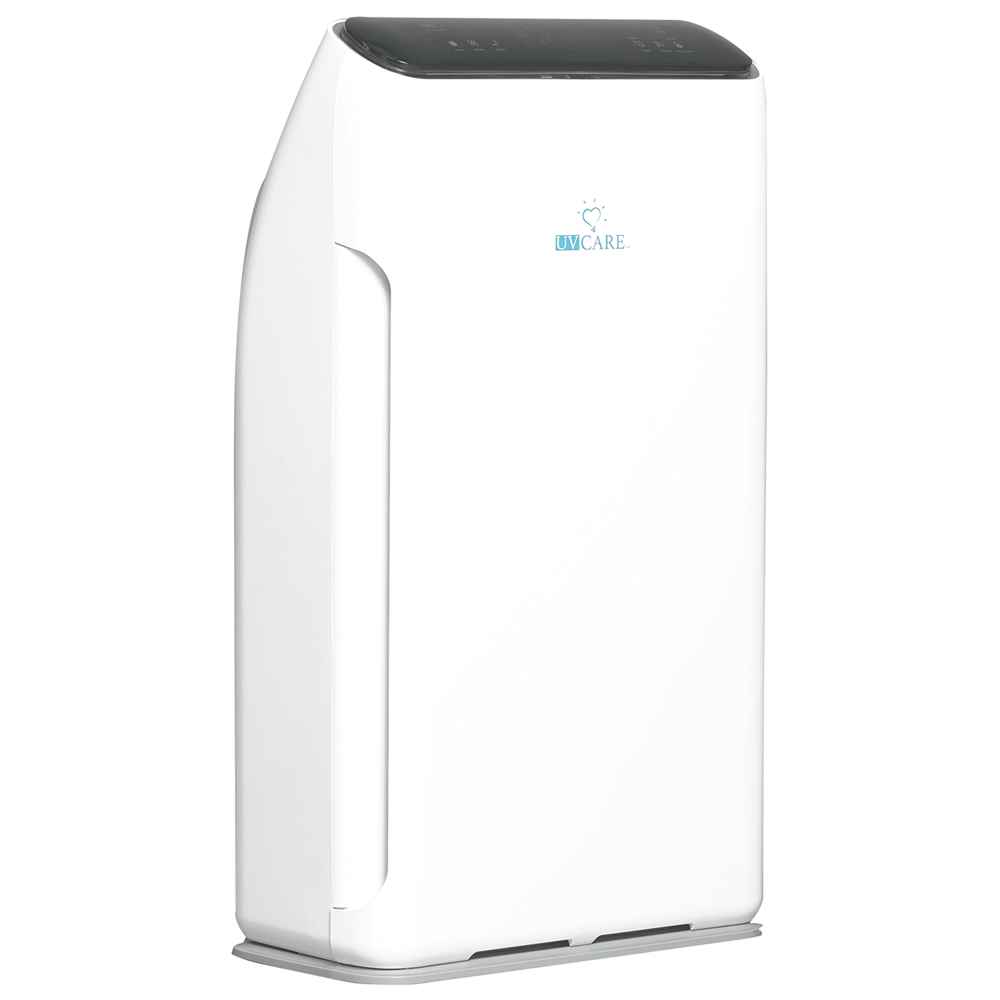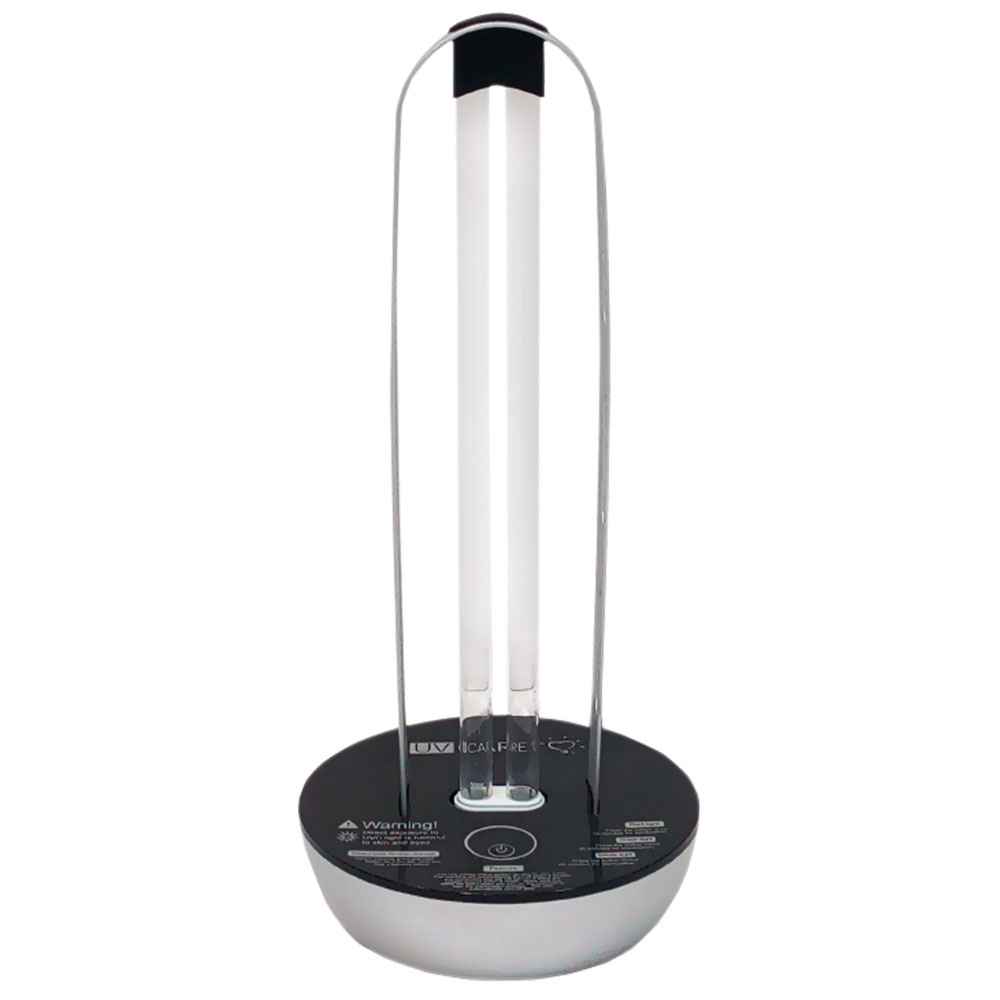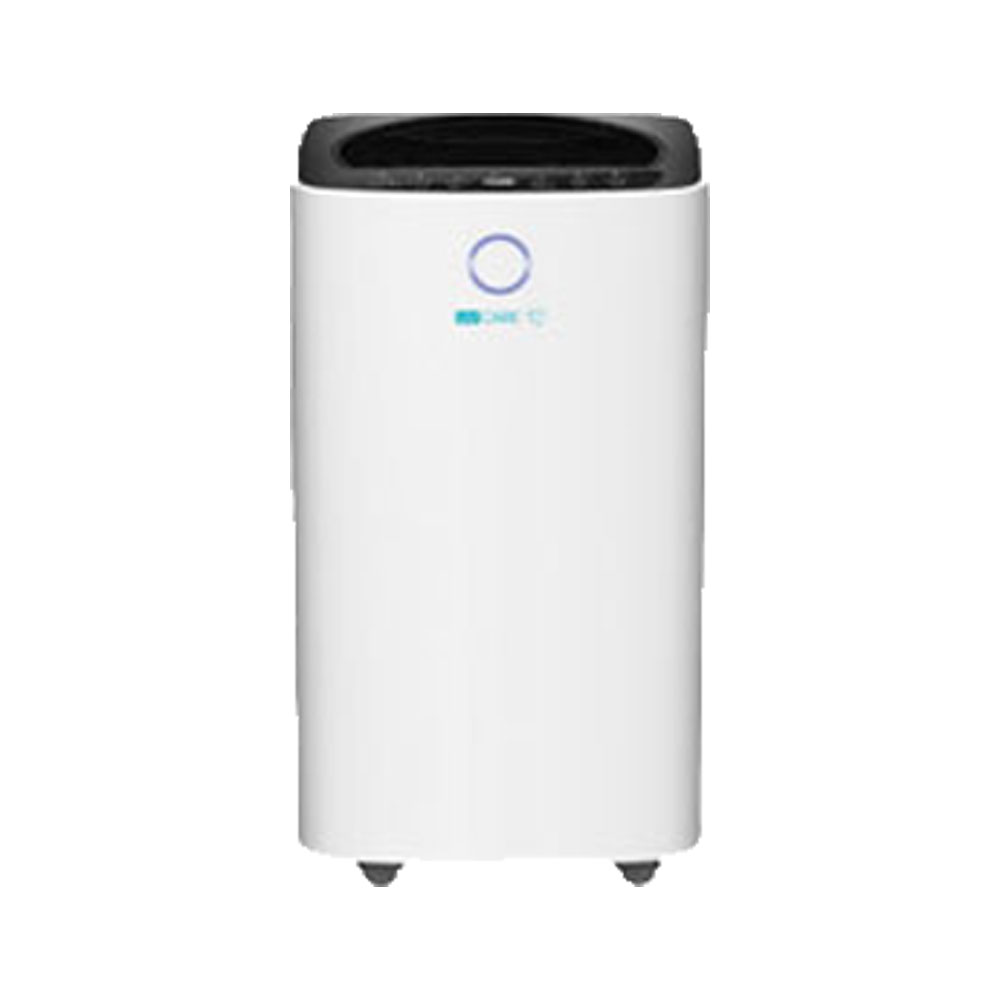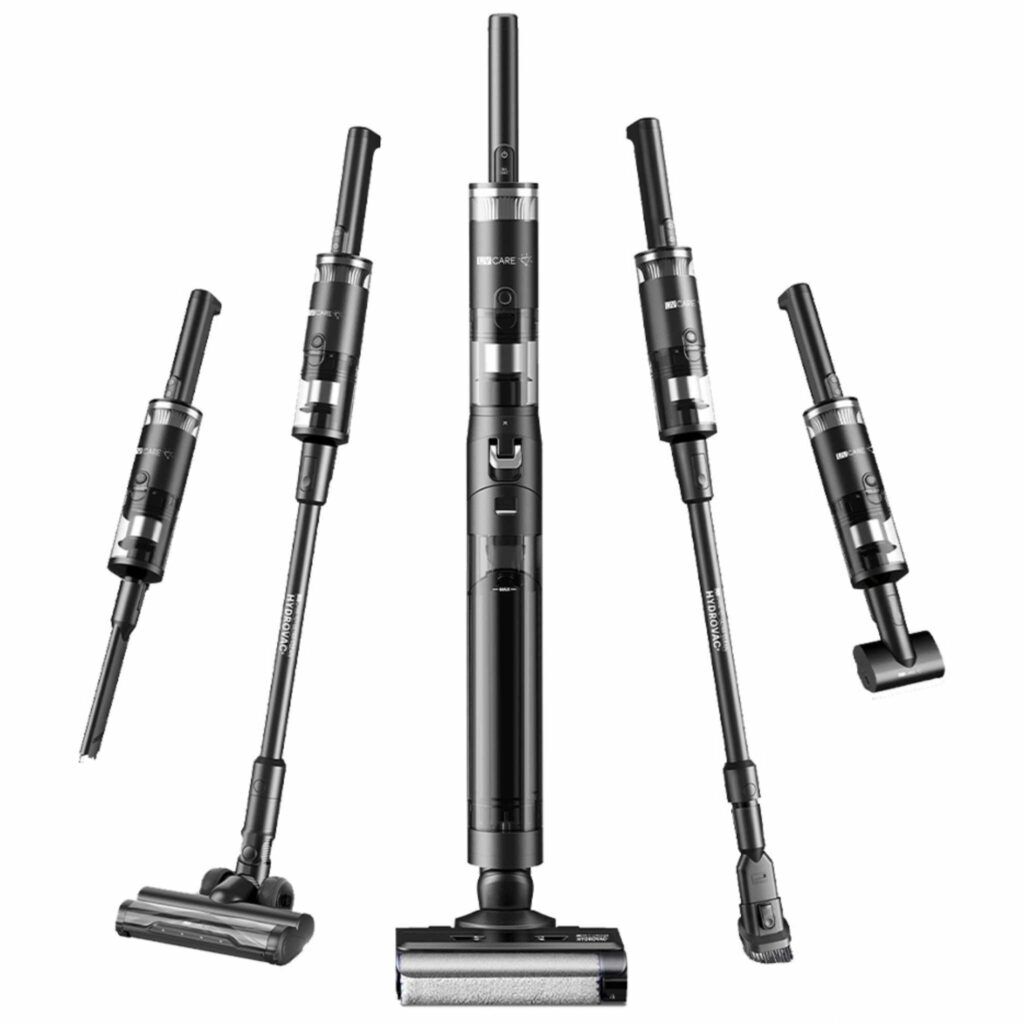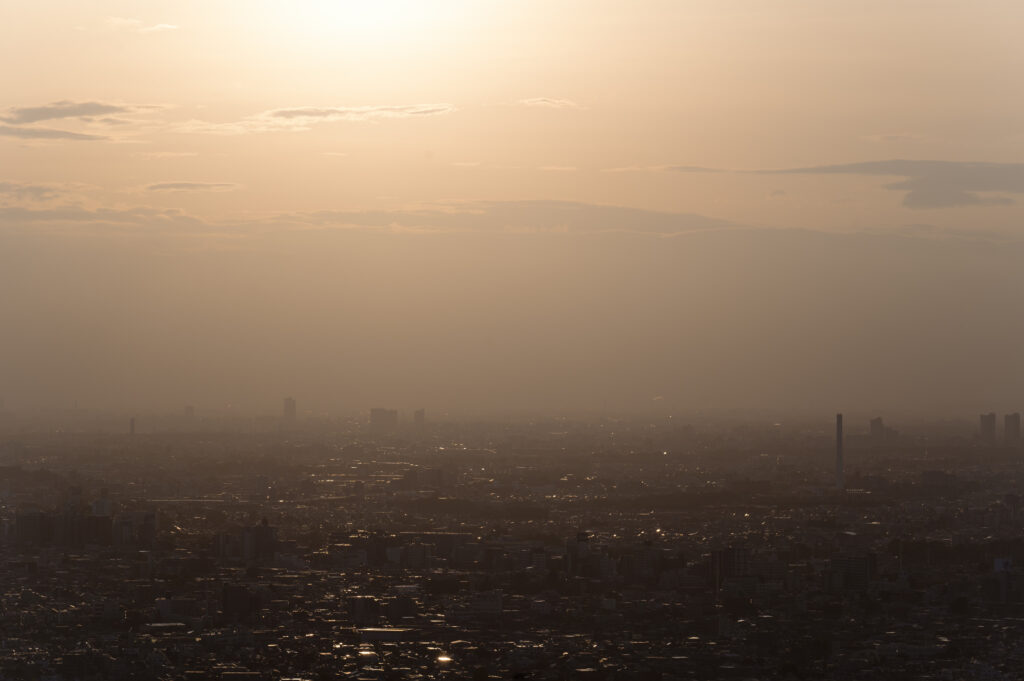
The Taal Volcanic Smog
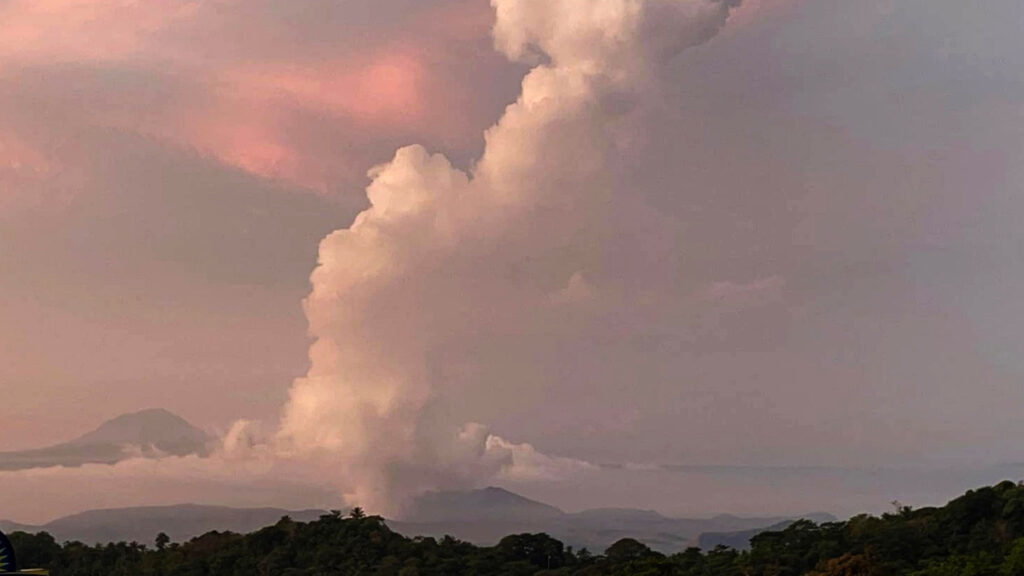
EDD GUMBAN/PHOTO | PHILSTAR
Traditional Methods: The Tried and True
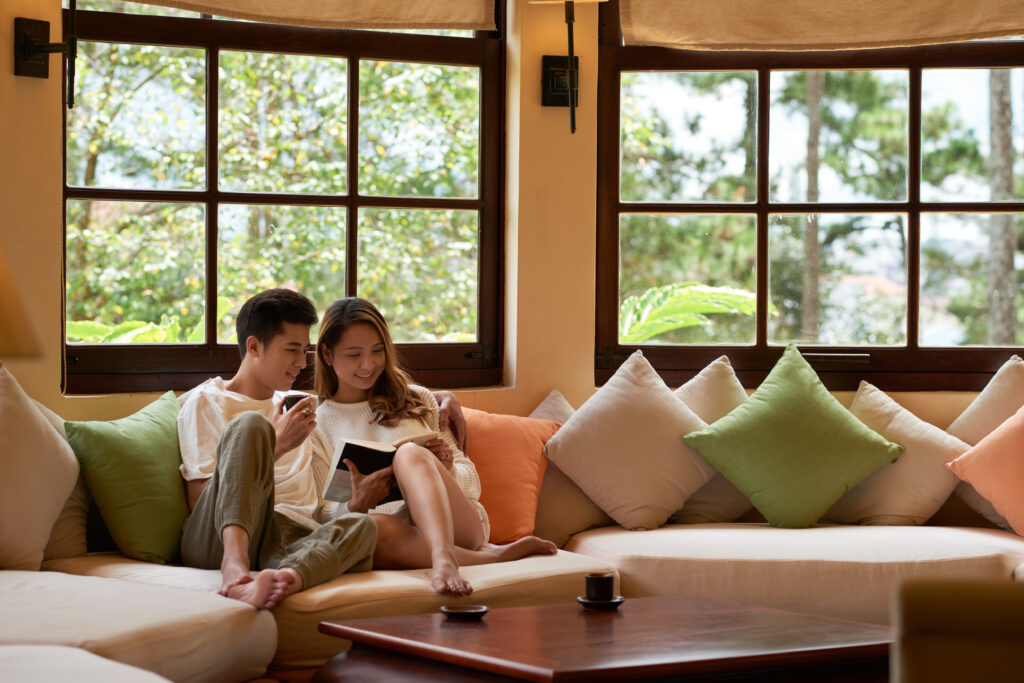
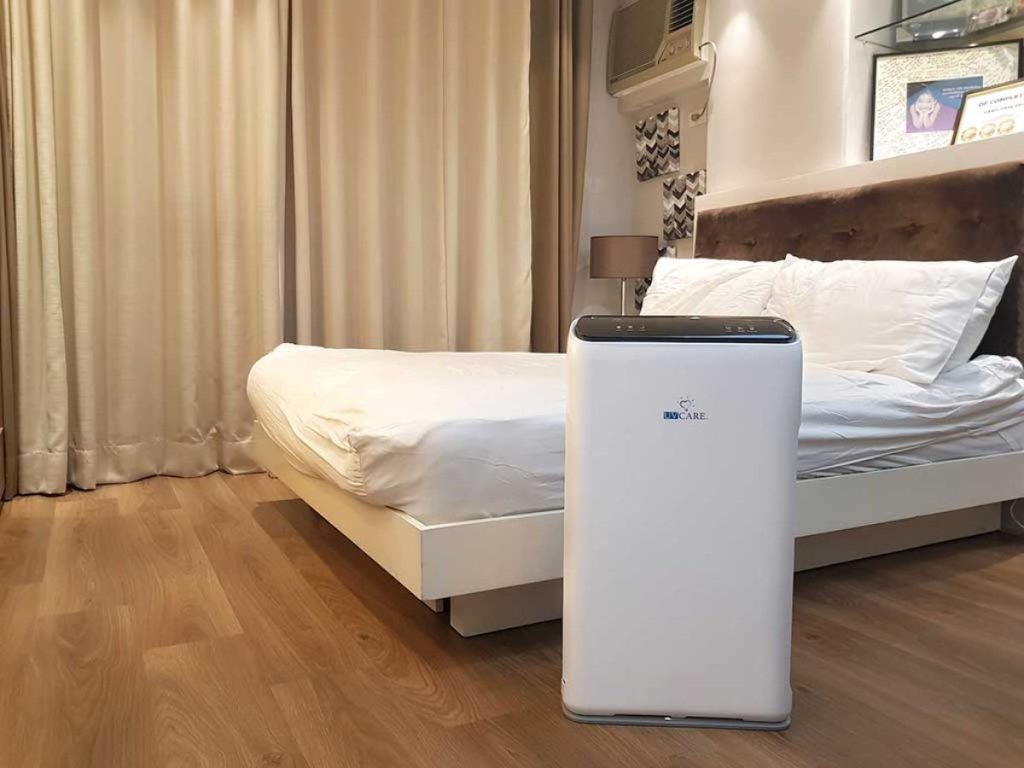
Air Purifiers: A Modern Solution
Air purifiers have been gaining popularity in the Philippines, and for good reason. These devices are designed to filter out pollutants from the air, making it safer to breathe, especially in urban areas where air quality is a constant concern.
1. HEPA Filters: The Gold Standard
Most high-quality air purifiers come equipped with HEPA (High-Efficiency Particulate Air) filters. These filters are incredibly effective, trapping 99.97% of particles as small as 0.3 microns. This includes dust, pollen, pet dander, and even some bacteria. During the Taal smog event, a HEPA filter would have been a godsend, as it can also capture fine particulate matter that can irritate the lungs.
2. Activated Carbon Filters
Some air purifiers also feature activated carbon filters, which are excellent at removing odors and harmful gases like volatile organic compounds (VOCs). This would have been particularly useful during the Taal smog, as it could absorb the sulfur dioxide and other harmful gases present in the air.
3. Smart Features
Modern air purifiers come with smart features like air quality sensors, which automatically adjust the purifier’s settings based on the current air quality. This means that during a smog event or a particularly polluted day, your air purifier would kick into high gear without you having to lift a finger.
The Best Practices for an Allergen-Free Home
Beyond Vacuuming
Vacuuming is just one part of keeping your home allergen-free. Here are some additional tips:
- Damp Dusting: Use a damp cloth instead of a dry duster to avoid stirring up dust.
- Wash Bedding Regularly: Clean sheets, pillowcases, and duvet covers weekly in hot water.
- Control Humidity: Use a dehumidifier to keep humidity levels low and discourage dust mites.
- Keep Pets Clean: Regularly groom and bathe your pets to reduce dander.
Creating an Allergy-Free Sanctuary
- Choose Hard Flooring: Carpets can harbor dust mites and other allergens. Consider switching to hard floors.
- Use Allergen-Proof Covers: Encase mattresses and pillows in allergen-proof covers.
- Ventilation: Ensure good ventilation to reduce indoor humidity and allergen buildup.
Comparing the Two: Which Is Better?
So, when it comes to combating indoor pollution in the Philippines, which option is better—traditional methods or air purifiers? The answer depends on your specific situation, but here’s a general breakdown:
Effectiveness Against Pollutants: Air purifiers, especially those with HEPA and activated carbon filters, are far more effective at removing a wide range of pollutants, including those that are microscopic. Traditional methods, while helpful, simply can’t match this level of purification.
Cost: Traditional methods are obviously cheaper. Ventilating your home and adding a few plants won’t cost you much. However, the long-term health benefits of breathing cleaner air may justify the investment in an air purifier.
Convenience: Air purifiers are convenient because they work automatically, especially those with smart features. Traditional methods require more effort and may not be as effective during high-pollution events like the Taal smog.
Environmental Impact: Traditional methods have a smaller environmental footprint since they don’t rely on electricity or produce waste. However, some modern air purifiers are designed to be energy-efficient and eco-friendly.
FAQs
Q: Can I use an air purifier and traditional methods together?
A: Absolutely! In fact, combining the two can give you the best of both worlds. Use natural ventilation on days when the air quality is good, and rely on your air purifier when it’s not.
Q: Do I need a HEPA filter?
A: If you live in a polluted urban area or are concerned about allergens, a HEPA filter is highly recommended. It’s the best way to remove fine particles from the air.
Q: How often should I clean or replace the filters in my air purifier?
A: This depends on the model and how polluted the air is. Generally, HEPA filters should be replaced every 6-12 months, while activated carbon filters may need replacing more frequently.

